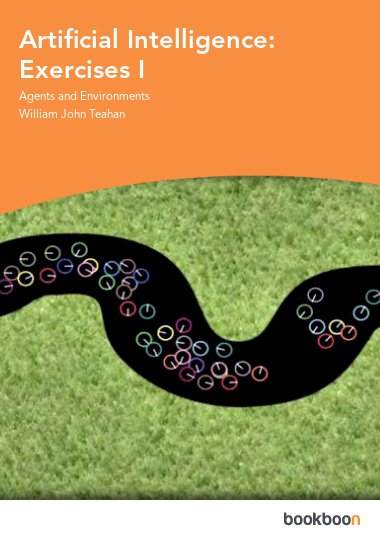Artificial Intelligence, or AI, is the study and development of computer systems which can perform tasks which normally require human intelligence. Agent Behaviour is a complex aspect of AI, but integral to one’s understanding of the subject. It is discussed in detail in William John Teahan’s “Artificial Intelligence - Agent Behaviour I” e-book.
This “Artificial Intelligence: Exercises I” e-book will guide you through useful exercises related to the “Agent Behavior” text. Both the source text and this exercise e-book can be downloaded for free.
Exercises within this AI workbook help the reader understand a wide range of topics, including the differences between agent-oriented design and object-oriented design, environments as -n dimensional spaces, the NetLogo environment, animated mapping and simulation, autonomous agents, and situated cognition. Each of the exercises correspond to a NetLogo model which can be accessed online and manipulated for learning purposes. These models are quite dynamic and encourage the user to become an “explorer” of the virtual environments.
Readers who wish to continue their study should also refer to “Artificial Intelligence: Exercises II - Agent Behaviour I,” an e-workbook which is also available for free on bookboon.com.

